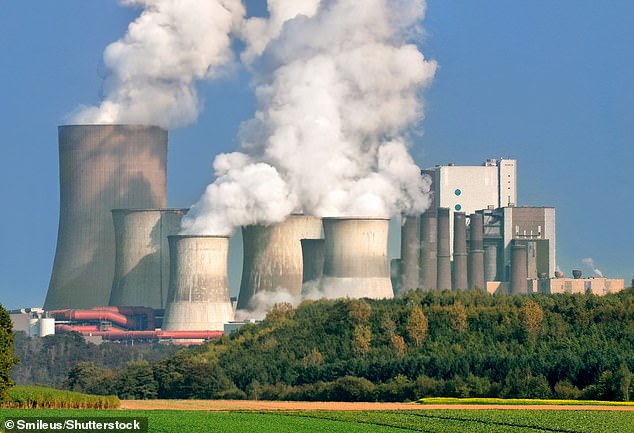
Earth’s CO2 Levels Hit Record High, Surpassing 430ppm for First Time in Human History
Atmospheric CO2 Reaches Historic High: A Dire Climate Milestone
For the first time in human history, atmospheric carbon dioxide (CO2) levels have surpassed 430 parts per million (ppm), hitting a monthly average of 430.2 ppm in May 2025, according to the Scripps Institution of Oceanography. This alarming milestone underscores the accelerating pace of global warming, driven primarily by fossil fuel emissions.
Record-Breaking Levels
The measurements, taken at Hawaii’s Mauna Loa Observatory, revealed a 3.5 ppm increase from May 2024. NOAA’s Global Monitoring Laboratory reported a similar rise to 430.5 ppm. These figures mark the highest CO2 concentrations since recording began in 1958. Ralph Keeling, director of the Scripps CO2 Program, lamented the trend: “Another year, another record. It’s sad.”
CO2 acts like a thermal blanket, trapping heat in the atmosphere and fueling extreme weather—heatwaves, droughts, wildfires, and flooding. It also causes ocean acidification, threatening marine ecosystems by weakening corals and shell-forming organisms.

Burning fossil fuels remains a leading driver of rising CO2 levels (stock image).
Health and Historical Context
While current CO2 levels aren’t directly harmful to humans, concentrations above 1,000 ppm can impair cognition and cause drowsiness. Extremely high levels (40,000 ppm) are fatal. Today’s atmospheric CO2 mirrors conditions from 4.1–4.5 million years ago during the Pliocene era, when seas were 78 feet higher and temperatures 7°F warmer. Arctic regions then were lush forests—a stark contrast to today’s tundra.
Seasonal Patterns and Tracking
CO2 fluctuates seasonally. In the Northern Hemisphere, levels peak in May as decomposing plants release CO2 before summer growth absorbs it. By September, levels drop. This cycle, first documented by scientist Charles David Keeling, is tracked in the iconic “Keeling Curve,” a graph of rising CO2 since 1958.

Mauna Loa Observatory, a benchmark site for CO2 monitoring.
Why Mauna Loa?
Situated atop a Hawaiian volcano, Mauna Loa’s elevation (11,141 feet) and remote location minimize local pollution interference. Instruments analyze air samples using light and radiation, providing precise data. Though the Southern Hemisphere hasn’t yet breached 430 ppm, Mauna Loa’s records reflect global trends, emphasizing humanity’s unsustainable emissions trajectory.
A Call to Action
Jeff Berardelli, a climate specialist, called the record “concerning” on social media. CO2 persists for millennia, amplifying long-term climate risks. Scientists stress that without drastic emission cuts, Earth risks reverting to a Pliocene-like climate—a future incompatible with modern civilizations.

The Keeling Curve tracks CO2’s relentless rise since 1958.
The Path Forward
Transitioning to renewable energy, protecting forests, and innovating carbon capture are critical. As Keeling’s curve climbs, the window to stabilize the climate narrows. This record isn’t just a number—it’s a warning to act before irreversible changes define our planet’s future.
In Brief
- May 2025 CO2: 430.2 ppm, up 3.5 ppm from 2024.
- Impacts: Extreme weather, ocean acidification, long-term climate shifts.
- Historical Parallel: Pliocene-era CO2 levels caused drastic environmental changes.
- Solution: Rapid emission reductions to avert catastrophic warming.
The stakes have never been higher. Will humanity rise to the challenge?


